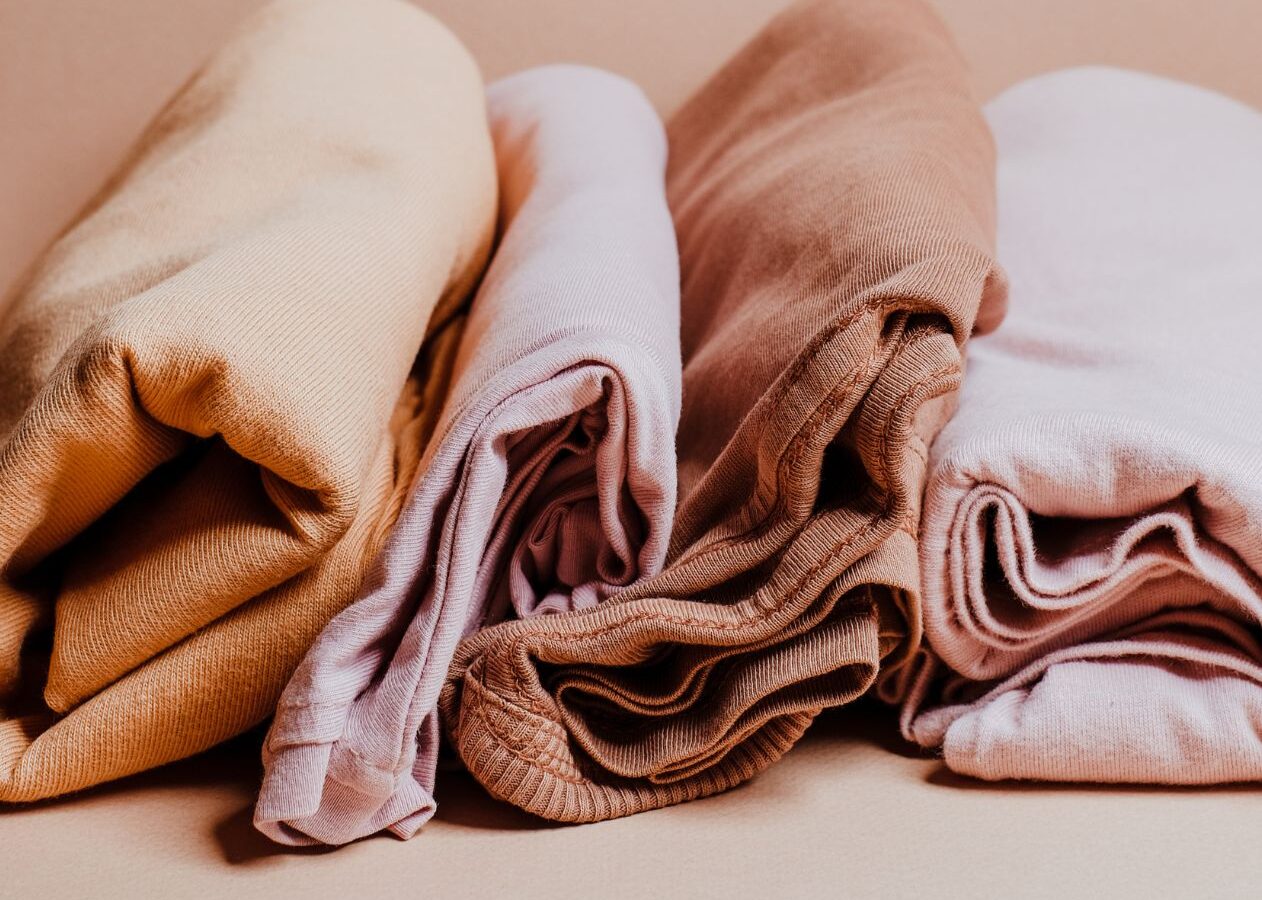Minimalism has been a lifestyle adopted by many people for various reasons, one of which being its philosophy of simplicity.
Minimalism doesn’t solely speak to aesthetics or represent a vow of aestheticism. Instead, it serves as a tool that can help you take stock of the things in your life and simplify.
When I first became a minimalist at the age of 18, I was attracted to the foreign sight of people living with less and actually being happy. From the outside looking in, it seemed that minimalists knew something that we didn’t.
However, it eventually became apparent that what they knew was never a locked away secret; it has been available to any and everyone seeking to re-evaluate their attitudes toward consumerism and its promise of fulfillment.
This seemingly locked away secret lies in the fact that fulfillment doesn’t come from things.
Bob Marley was once asked if he was a rich man. Many of us would initially interpret this question in the form of material riches, but Bob Marley had something else in mind: “What do you mean riches? Possessions make you rich? I don’t have that type of riches. My riches is life.”
This is the essence of minimalism. It’s a tool to simplify your life, to make room for more joy, more life.
For this to happen and be maintained, we need to create practices and systems that help us lead a simple life. Below are five minimalist principles worth upholding to achieve this:
Cultivate a Less is More Attitude
The core of minimalism is a less is more mindset.
In our culture, we’re conditioned to believe that buying and accumulating more things will bring us more happiness or make us feel more whole. However, what many of us fail to realize is that it can begin to do the opposite. The dopamine hits we get when we purchase something new is short-lived, leaving us unsatisfied until we get the next dopamine hit, which creates and reinforces feelings of lack. It’s a vicious cycle.
That is why minimalists take the time to cultivate a less is more mindset by learning how to be content and grateful with what they already have. This isn’t to say that once you become a minimalist, you are forbidden to make a purchase ever again. Instead, minimalists practice becoming more mindful and intentional with what they bring into their space rather than impulsively buying the next new shiny thing.
Maintain a Shopping System
When I first became a minimalist, I was strict with my purchasing habits. I adopted a one-in-one-out rule to help me break my habits of impulsively buying things.
The one-in-one-out rule requires you to get rid of one thing of equal value if and when you bring something new into your space. For example, if I wanted to purchase a new pair of shoes, I would have to get rid of a pair.
Having such a system kept me accountable with my intention as a minimalist as well as aware of my impulses.
Your systems don’t have to be as strict as this, but having one unique to you that creates that pause before your next purchase is crucial to sustaining a life of simplicity.
Adopt a Quality Over Quantity Mindset
Less is more, remember? But when we do decide to make purchases and bring things into our space, it’s important to think quality over quantity.
Of course this mindset will require you to make a bit more effort to research for the best quality products rather than finding the cheapest thing out there, but it is well worth it in the long run.
This is because minimalists value purchasing things that will last longer, so they don’t have to continually replace things. This means we might choose to invest a little bit more money in things for the mere fact that they will last longer (not to mention this way of doing things is more sustainable overall).
Re-evaluate Quarterly and/or Yearly
Minimalism is a lifestyle, therefore, it requires you to continually re-evaluate your life.
It’s inevitable that we’ll grow out of things and want to purchase new things or things will break beyond repair that will need replacing, so to sustain the simplicity you so desire, you have to take time to evaluate your space and life often and declutter and simplify when necessary.
You can use markers such as spring cleaning or end-of-year decluttering to serve as your reminders to evaluate.
Create Room for Things That Bring Joy
As we acknowledged before, minimalism a tool used to declutter and make room for what matters.
When we uphold all the aforementioned principles, we end up with empty space (thanks to decluttering) and time (thanks to the end of frequent shopping sprees and home upkeep) to fill.
For many minimalists, this is the attraction, the thing that drew them to wanting to simplify. They wanted to declutter to create room and time for the things that actually brought them joy whether that meant for hobbies, traveling, time with family or friends, and the like.
No matter what brings you joy, you’ll now have an opportunity to create more of it.
If this blog post brought you value, please let me know in the comments! I wanna know: Are you currently decluttering your life to create room for more joy?
For similar posts on simple living, click here.
To stay inspired, follow @ aaliyahinspired on Instagram and Youtube.


Leave a Reply